BIRD FLIGHT
While the same general aerodynamic principles apply to all flying birds, bird wings have evolved along with birds' feeding and migration strategies.
Airfoil
A bird's wing acts as an airfoil, a curved surface evolved to provide lift and reduce drag (turbulance and friction). Air pushed into the airfoil by the bird's forward motion pushes more forcefully on the curved underside of the somewhat upward-tilted wing. This forces air downward and causes and equal and opposite reaction causing the bird to rise. At the same time air is moving more quickly over the upperside of the airfoil (wing) than the stream below the wing. As the air moves faster over the top of the wing, pressure is diminished relative to that of the underside and the bird gains lift (rises). This follows Bernoulli's principle.
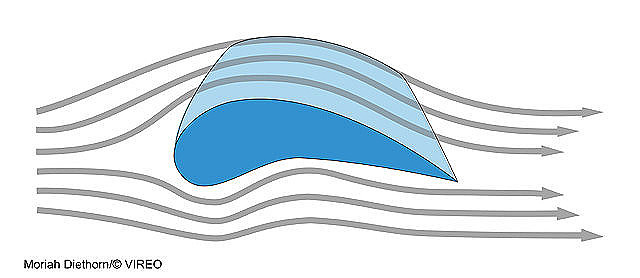
Downstroke
Most of the flight power comes from the downstroke as the wing moves down and forward.
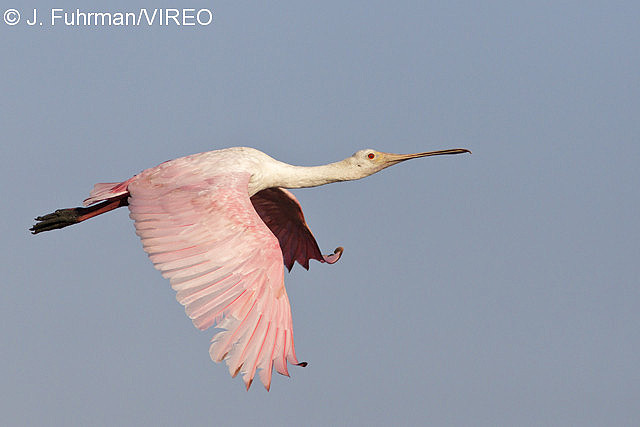
Pectoralis major
The pectoralis major (think outer breast meat), a bird's largest muscle, provides power for the downstroke, which in most birds is the engine of forward movement.
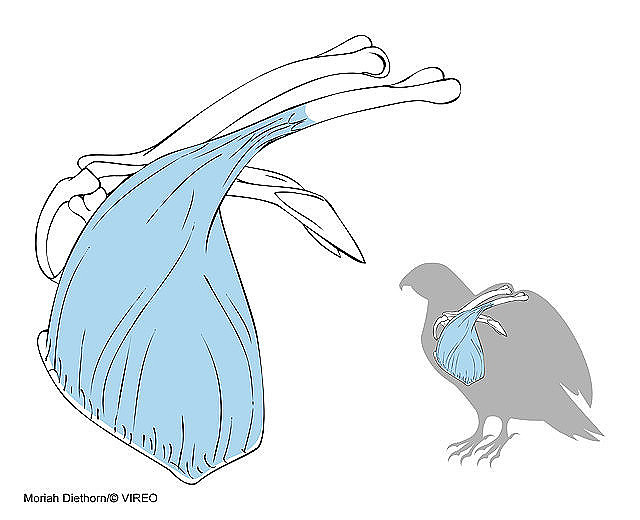
Upstroke
During the upstroke, wings are partially folded to reduce drag. Some birds gain power on the upstroke, but mostly it is a recovery stroke to return wings for the next downstroke
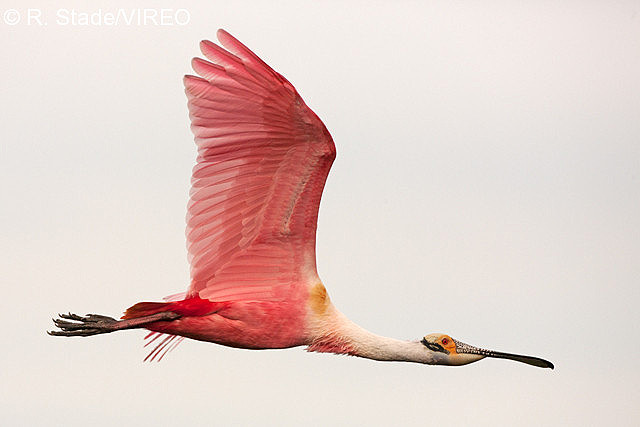
Supracoracoideus
Beneath the pectoralis major lies the supracoracoideus, the breast muscle that powers the upstroke. It is the muscle immediately over the breast bone. The tendon of this muscle passes through the triossial canal, an opening between the coracoid, humerus and furcula and inserts into the humerus. When the supracoracoideus contracts, the tendon pulls the humerus and consequently the rest of the wing) upward. The unsual arrangement of this muscle keeps it below the center of gravity helping to stabilize flight.
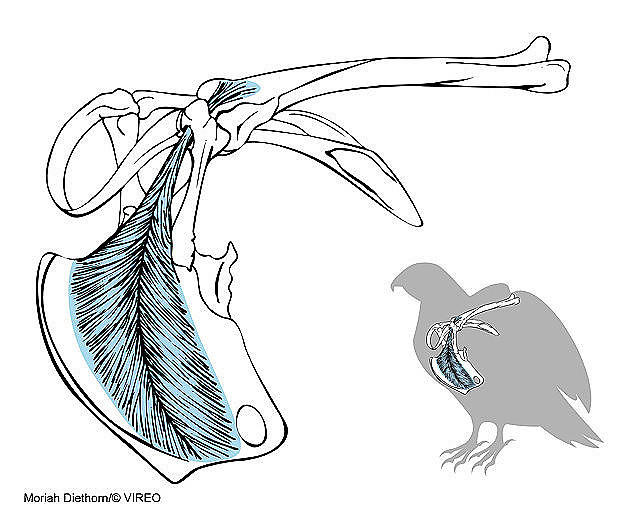
Drag force
Friction and turbulance together cause drag force with counteracts thrust, the forward motion of the bird. The motion and shape of the bird wing reduce drag considerably.
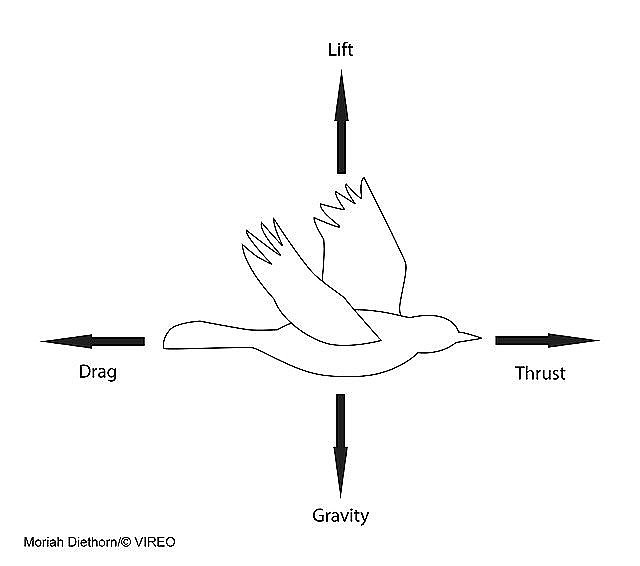
Wing slots
Spaces between adjacent flight feathers that smooth airflow over the wing, reducing drag.

Hovering
Hovering--flapping to fly in place, requires considerable amount of enery. The bird takes a more vertical posture beating wings forward and back and fanning the tail to stop forward motion.
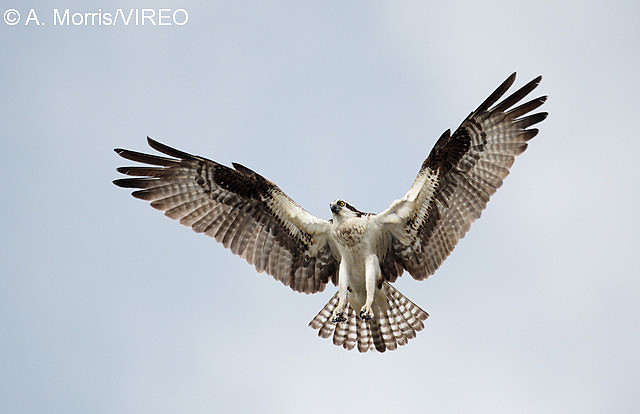
Gliding
Non-powered flight, during which the bird loses altitude.
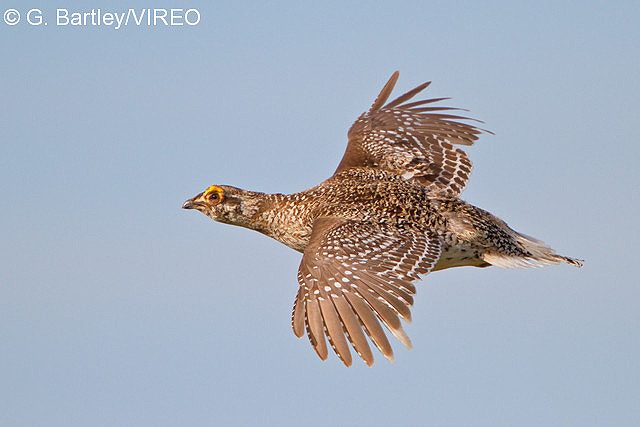
Tail as a rudder
The tail is used as a rudder to aid turning in flight or staying level while in shifting air currents.
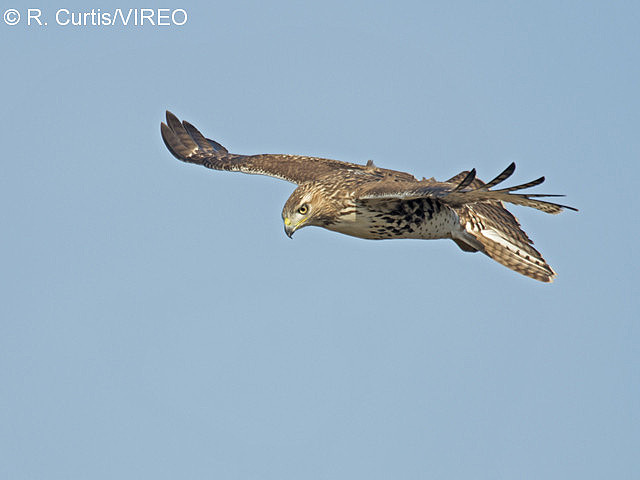
Breaking
When a bird needs to slow down, it positions its tails and wings in a more veritcal orientation causing it to stall.
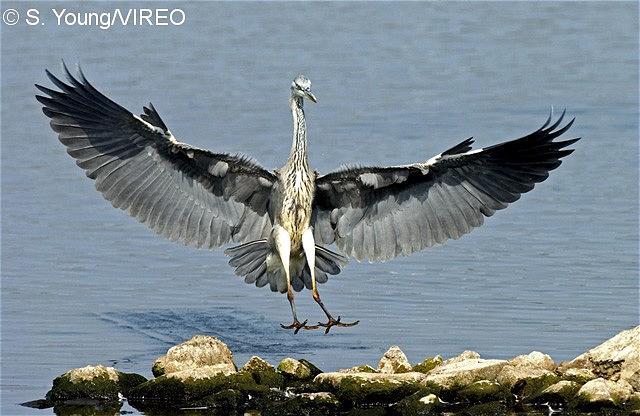
High aspect ratio
A high ratio between a bird's wing length and its wing breadth.
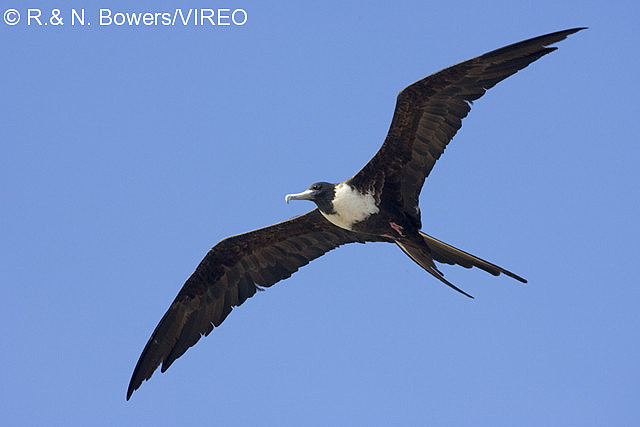
Low aspect wing
A low ratio between a bird's wing length and its wing breadth.
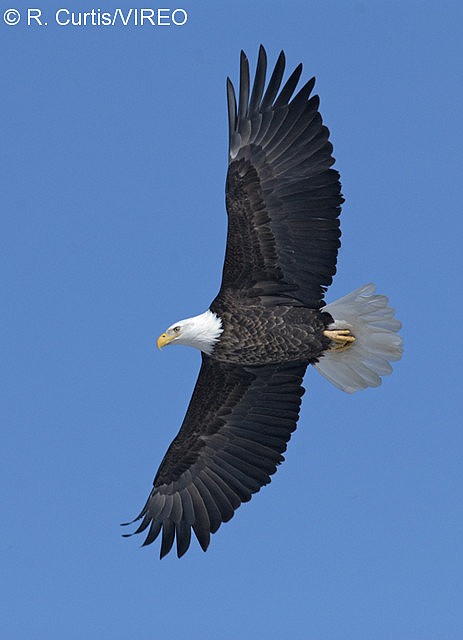
Wing types: High speed wing - general
Narrow, tapered, pointed wing that can be flapped rapidly due to minimized turbulence at the pointed tip. These birds have high wing loading. Typical of long-distance migrants and aerial foragers.
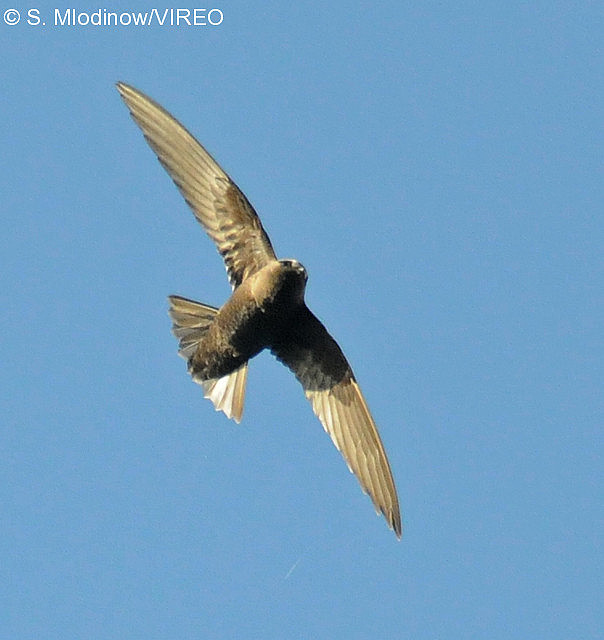
Wing types: High speed wing - long-distance migrant
Slender wings with pointed tips. Arctic tern, perhaps the bird with the longest migratio.
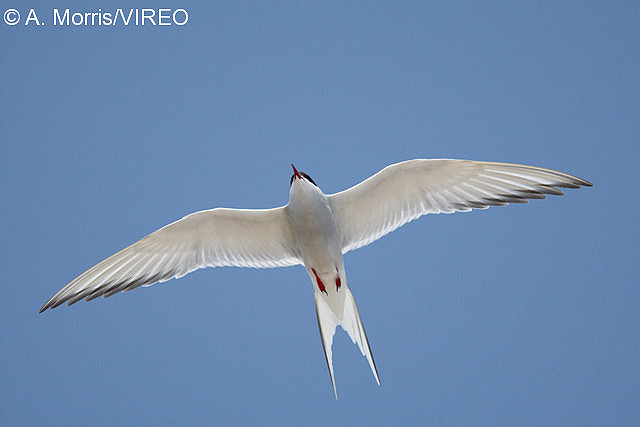
Wing types: High speed wing - aerial forager
This type of wing also allows for rapid aerial manouevering to capture prey on the wing.
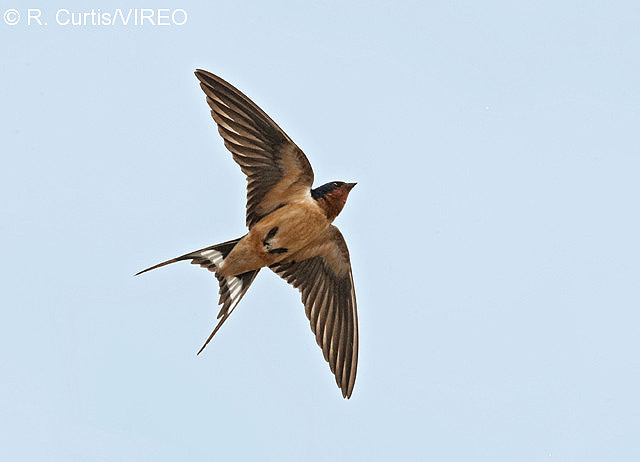
Wing types: Eliptical wing- general
Relatively short, broad wings with slotting and low wing loading. Birds with elliptical wings often live in forest or shrubby areas where manouverability is more important that speed. Typical of sparrows, crows, warblers, grouse, and others.
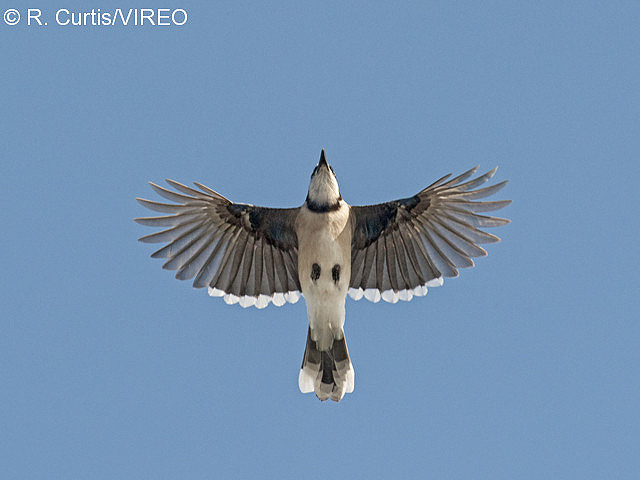
Wing types: High lift wings
Wings with low aspect ratios and slots on the wing tips. These are typical of Buteo hawks, vultures, and pelicans.
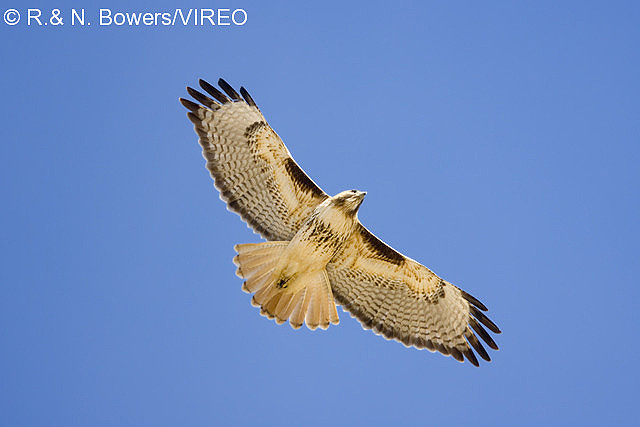
Take off: High wing loading
Birds with high wing loading, must move at considerable velocity to take off and stay aloft. For many, that means a running start on water.

Take off: Low wing loading
Birds with strong legs and low wing loading can launch directly into the air without a running start.
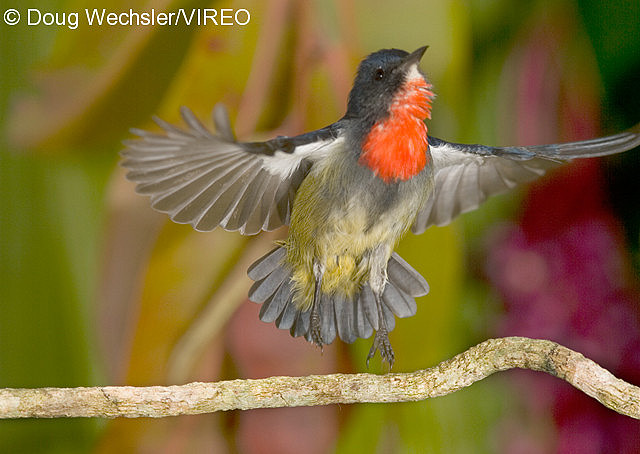
Dynamic soaring
Albatrosses and other seabirds take advantage of gradient of windspeeds from near the water's surface into the air. Once aloft, they glide with the wind gaining speed as they get closer to the water where friction slows the wind. Once near the water, they turn into the wind, which gives them lift, raising them until they reach the peak of the wind gradient. At that point they turn again and glide with the wind, repeating the cycle.
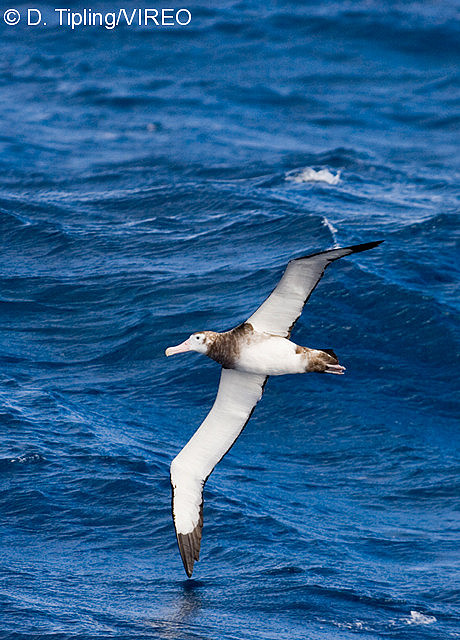
We value your feedback:
Suggest additional terms or information

